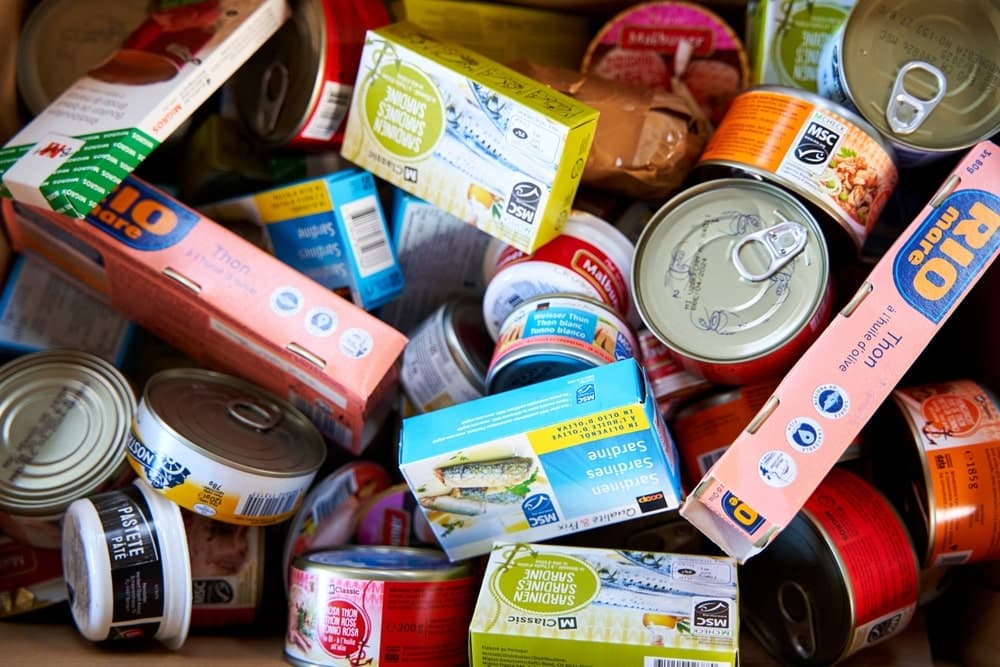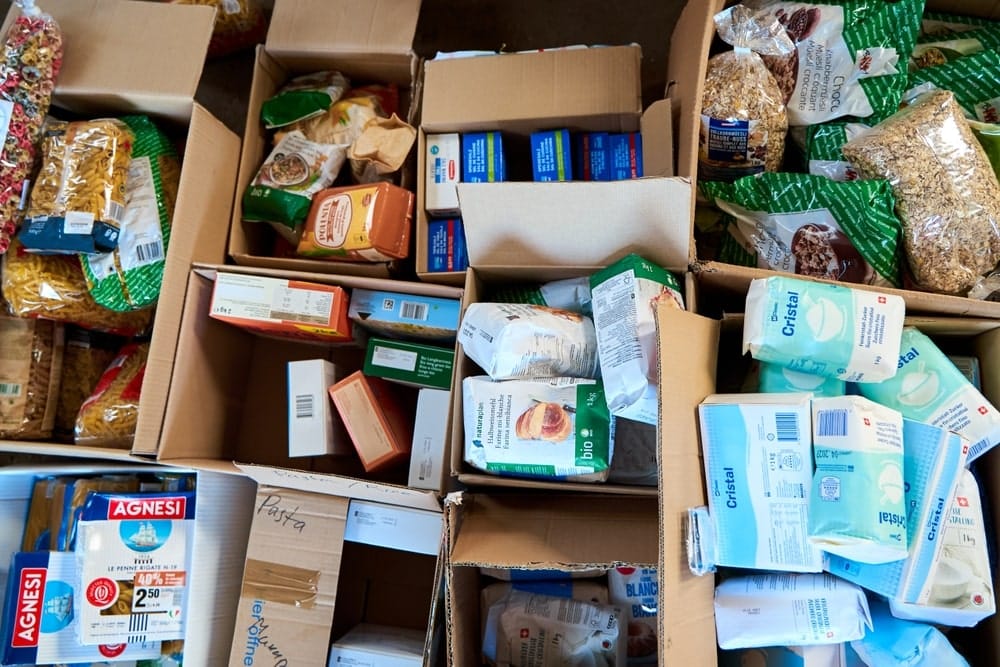
Toxic Chemicals Eliminated from US Food Packaging
Some kinds of greaseproofing “forever” chemicals known as “per-” and polyfluoroalkyl substances (or short, PFAS) won’t be used anymore in food packaging in the United States, according to the US Food and Drug Administration.
The FDA’s food studies finally showed that food packaging materials such as fast-food wrappers, microwave popcorn bags, and take-out pizza boxes were an immense source of dietary exposure to some types of PFAS, which are hormone-disrupting chemicals that could persist for longer periods of time in the body and the environment.
PFAS has been linked to a wide range of health effects, such as changes in immune and liver function, obesity, diabetes, some types of cancer, and lower birth weights.
As health and environmental experts cheerfully welcomed the new announcement, they also noted that most companies were already facing a lot of pressure from state bans to get PFAS out of current consumer products, food packaging included.
As Dr. Leonardo Trasande, a professor of pediatrics and population health at NYU Langone Health in NYC, stated, “I am enthusiastically supportive of getting PFAS out of food packaging. We are talking about ongoing exposure.”
No less than twelve states have moved to ban or even phase out PFAS in food packaging, as Melanie Benesh, vice president of government affairs for the nonprofit Environmental Working Group, explained.
“This is truly the culmination of state action to drive PFAS out of the marketplace, especially when it comes to driving PFAS out of food packaging, where other alternatives have existed for a very long time.”
Moreover, the American Chemistry Council, a well-known trade association, explained that PFAS contains a diverse range of chemicals that are fairly critical to many of the products we use on a daily basis, including semiconductors and electronics, advanced batteries, modern healthcare applications, and even renewable energy.

All PFAS aren’t exactly the same, though. Individual chemistries come with different physical, chemical, and even toxicological properties, but also with a wide range of uses.
Back in 2020, the FDA declared that chemical manufacturers plan to voluntarily phase out some kinds of PFAS in food packaging in the upcoming three years after a very specific scientific review concluded that those chemicals might linger in the body longer than planned.
This win for general public health comes as a result of FDA research and leadership, mixed with cooperation from industry.
As PFAS will no longer be in food packaging, the FDA stated that it will still allow some types of grease-proofing chemicals to be used in nonstick cookware and in food manufacturing equipment.
Current research shows that the potential exposure to PFAS for the currently authorized uses is fairly low. Moreover, considering that the migration potential of the substance to food is somehow negligible, there aren’t any immediate plans for the FDA to take action related to the remaining uses at this time.
The use of chemicals known as long-chain PFAS has been stopped in the US because of ongoing safety concerns that were initiated in 2011. At the time, manufacturers substituted short-chain PFAS, which contained fewer carbons in their structure and weren’t thought to be as disastrous as long-chain PFAS.
If you want to read similar health-related articles, we recommend you read: 8 Conditions Your Breath May Be Trying to Tell You













